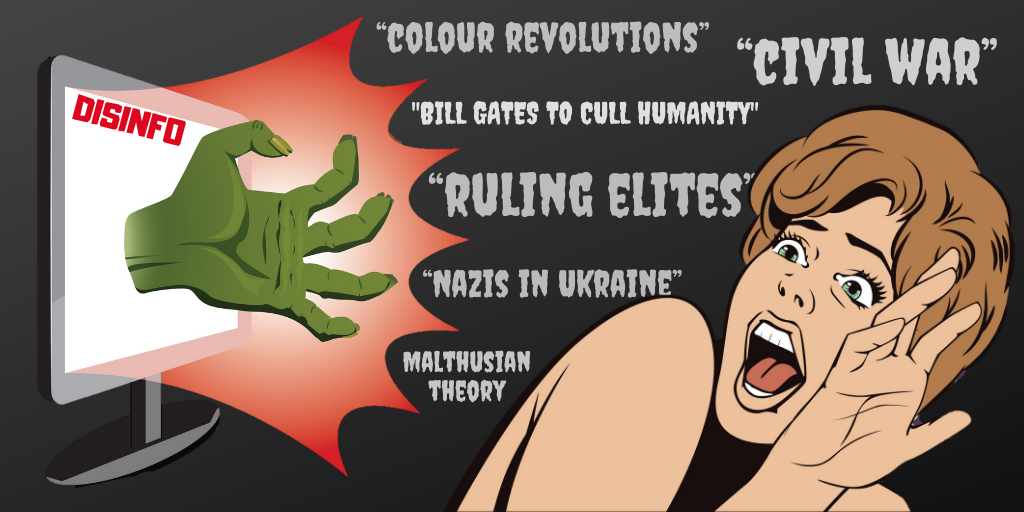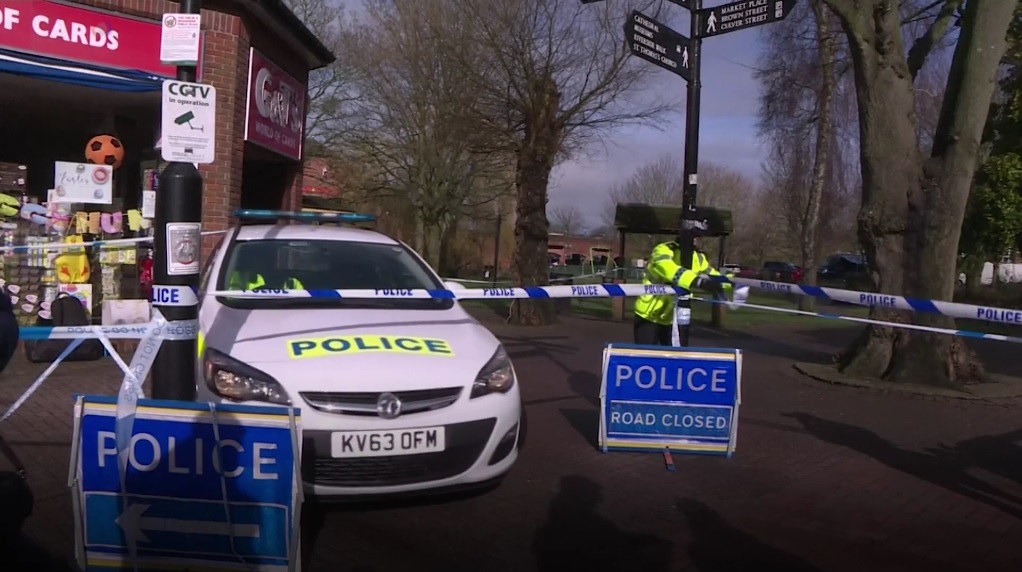On June 19, the Public Prosecution Service of The Netherlands announced it will prosecute four suspects, three Russian and one Ukrainian, for aiding in the shooting down in 2014 of Malaysia Airlines Flight MH17 over Ukraine, killing all 298 persons on board.
The criminal investigation by the Joint Investigation Team (JIT), upon which The Netherlands based its indictment, had determined in 2016 that MH17 was shot down by a BUK TELAR missile that was transported from Russia to eastern Ukraine, and, in 2018, concluded that the BUK came from the 53rd Anti-Aircraft Missile Brigade of the Russian armed forces in Kursk, Russia.
Flying in the face of the facts meticulously accumulated by JIT, as well as by private investigators–notably Bellingcat.com — the fury of the denials has the appearance of admission of quilt. It is like a child’s denial that “I didn’t do it and anyway it’s not my fault.”
Among the claims is the now familiar fallacy, “whataboutism”; that other countries, including Ukraine and the US, have shot down airliners. Therefore, there is no reason to single out and punish Russia; it is just another example of Russophobia. But that core “whataboutism” fallacy–that others have done the same–goes to the heart of why Russia shooting down MH17 is different.
The reference to Ukraine shooting down a commercial flight refers to Siberia Airlines Fight 1812. In 2001, during training at the 31st Russian Black Sea Fleet Research center near Kerch, a Ukrainian missile shot down the Siberian Airlines passenger plane. Initially, Ukraine denied responsibility, although later officials admitted that the crash was probably due to their missile. While not admitting legal liability, Ukraine ultimately agreed to pay compensation to the families of the 78 victims. An interesting feature of the tragedy is that the President of Russia at the time was none other than Vladimir Putin, who is reported to have denied that Ukraine could have shot down the plane.
The reference to the US relates to Iran Air Flight 655. In 1988, in the context of a series of tense military encounters between Iran and the United States, the USS Vincennes, a US Navy guided missile cruiser, entered Iranian territorial waters in the Persian Gulf and fired on Fight 655 killing 290 people on board. The US and Iranian governments disputed the details of the engagement, but in 1996 the US and Iran reached a settlement at the International Court of Justice, where the United States admitted the facts of the tragedy and expressed deep regret at the loss of life without admitting “legal liability or formally apologizing to Iran.” The US paid compensation to the families of the victims. The reaction of the Soviet Union at the time was to ask the United States to withdraw from the area and supported efforts by the UN Security Council to end the Iran-Iraq war that had contributed to the tensions.
However, there is nothing in the Ukraine and US cases on the scale of Russia’s clandestine seizure of Crimea and invasion of eastern Ukraine, and the stakes were never as high. Despite Russia’s categorical denial of the facts, the well-advanced JIT investigation is on the verge of naming the Russian military officers and their political superiors who are responsible for downing MH17. At that point, Russia’s invasion of eastern Ukraine will be incontrovertible, even if already we know enough that Russia’s involvement is undeniable. There will then be more significant indictments close to or up to the Kremlin, as well as the real possibility of additional sanctions.
Just as importantly, neither Ukraine nor the US engaged in a campaign of deception and misinformation, even while disputing the facts. In the case of Ukraine, the tragedy was clearly a mistake. In the case of the US, the tragedy was a mistake compounded by the US Vincennes intrusion into Iranian territorial waters. In the end, the essential facts were established and acknowledged, even while leaving open admissions of legal responsibility.

Russia, in contrast, after five years, wants to suppress the facts. It offers up numerous false, alternative explanations that are endlessly debated on Russian television as though these are legitimate points of inquiry rather than deliberate fabrications by Russian authorities and collaborators in Russia’s disinformation. Russia has gone so far as to offer easily debunked fake radar and photo imagery and false witness testimony.
The denials reach to the very top. Only a day after The Netherlands’ announcement, President Putin at his annual call-in marathon on June 20, denied again that Russia had anything to do with the downing of MH17.
Russia is using a wide range of disinformation techniques, including “whataboutism,” to obfuscate the truth. The point of the vociferous flood of denials, and the many alternative explanations, even if not credible, is to muddy the waters so that the truth is undiscoverable. Without the noise, Russia’s culpability would be self-evident.
The denials are a pattern of behavior exhibited by the Russian government. Despite abundant evidence, President Putin also continues to deny Russian involvement in the seizure of Crimea and the military conflict in eastern Ukraine. And Russian media still breathlessly repeats disinformation and fabrications about the conflict.
The result is a steady erosion of Putin, the Russian government and Russian media’s credibility, which is an erosion of the Russian state. A nation cannot be sustained on lies, as the hit series “Chernobyl” illustrates when Soviet authorities lied about the scale of the disaster. Then Soviet Premier Gorbachev is quoted as saying that the lies about Chernobyl were probably the real cause of the collapse of the Soviet Union. As the Soviet economy stalled, the Soviet authorities did not have the credibility to lead. As the Russian economy today stalls and fails to meet the Russian people’s basic needs and aspirations, the Kremlin’s lies erode its authority, which will make solving Russia’s problems more difficult or impossible.
Russia is hostage to the conflict in Ukraine. Without a resolution to the conflict, Russia cannot free itself of a trap of its own making.
The indictments are the outcome of an investigation by a Joint Investigation Team (JIT), composed of the law enforcement agencies of Australia, Belgium, Malaysia, The Netherlands, whose citizens were killed on MH17, and Ukraine. The JIT’s mandate includes identifying those responsible for shooting down MH17 and “gathering criminal evidence for prosecution.” The JIT investigation “is ongoing and will continue to focus on the crew of the BUK TELAR and on persons who were an important link in the decision-making in the Russian Federation on military support to Eastern Ukraine in 2014.”
Read also:
- Renewed Focus on MH17: Russian disinformation review
- Propagandist who claimed Ukraine downed MH17 distorted voice via… pot on the head – Russian media
- Ukrainian dep’t at Russian troll factory exploded after MH17 crash: analysis of 750,000 tweets
- MH17 crash days: Russian trolls generated over 100K tweets, at least 65K to blame Ukraine








